When it comes to protecting your garden from pesky insects, there’s one unexpected ally you might want to invite: the European bee-eater. This vibrant, colorful bird is not only a striking addition to your garden but also a natural predator of wasps. Known for its impressive ability to catch and eat wasps and hornets, the bee-eater helps control harmful pests without the need for chemicals or pesticides.
These birds have evolved to expertly catch and de-sting wasps in mid-flight, offering a natural form of pest control that’s both effective and eco-friendly. While they may not be as commonly found in every garden, attracting these birds can have profound benefits, especially if you’re battling a wasp infestation or other harmful insects.
Discover how the bee-eater bird can help keep your garden safe, and learn how to attract this pest-busting bird to your backyard!
European Bee-Eater
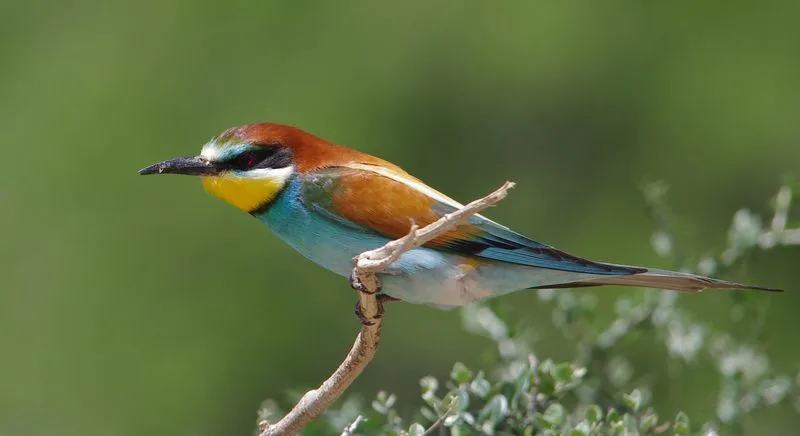
Imagine a bird with feathers as vibrant as a summer sunset. The European Bee-Eater, known for its striking colors, is a visual delight in any garden. This bird doesn’t shy away from a juicy wasp meal, using its keen eyesight to snatch them mid-flight. With a knack for aerial acrobatics, it turns pest control into an art form. In regions where wasps are a nuisance, these birds become unsung heroes, reducing the need for chemical interventions and keeping your garden buzzing with life, minus the sting.
Red-Headed Woodpecker
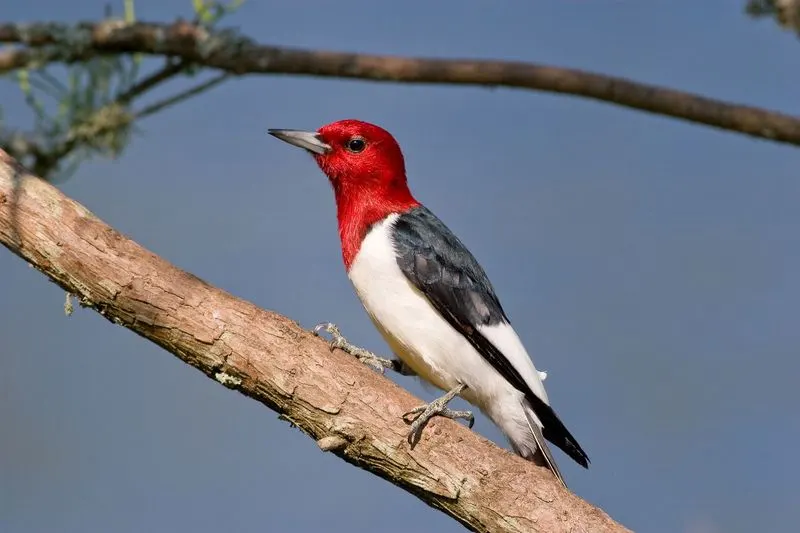
With its bold red head and contrasting black and white body, the Red-Headed Woodpecker is a striking presence. This bird’s drumming is not just for show; it’s a tactical move to unearth hidden wasp nests. Its diet includes a variety of insects, but wasps are a particular favorite. By targeting wasp larvae, the woodpecker indirectly protects your plants from potential damage. These birds add a rhythmic charm to your garden, all while diligently keeping the wasp population in check, making them a gardener’s trusted companion.
Summer Tanager

A splash of fiery red feathers sets the Summer Tanager apart, making it impossible to miss. Known for its fondness for wasps, this bird is a natural pest control agent. It skillfully catches wasps in flight, deftly avoiding stings. The Summer Tanager’s presence is a signal of a thriving, balanced ecosystem. By inviting this bird into your garden, you encourage natural pest management. Its melodious calls add to the garden’s atmosphere, creating a symphony of sights and sounds that enhance the outdoor experience.
Eastern Kingbird
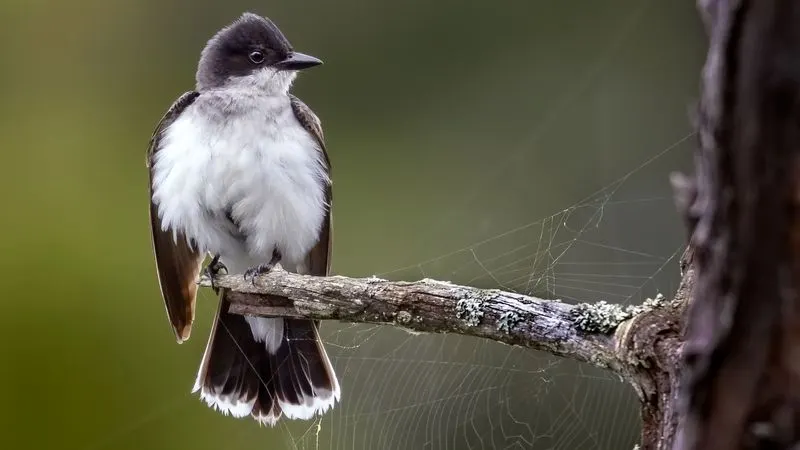
The Eastern Kingbird, with its stately black and white plumage, commands attention. This bird is a fearless hunter of wasps, often seen darting from its perch to snatch them out of the air. Its territorial nature ensures that wasp populations remain under control within its domain. This bird’s strategic hunting patterns make it an effective ally in maintaining garden health. By keeping wasps at bay, the Eastern Kingbird supports a safe environment for other beneficial insects and plants, fostering biodiversity.
Purple Martin
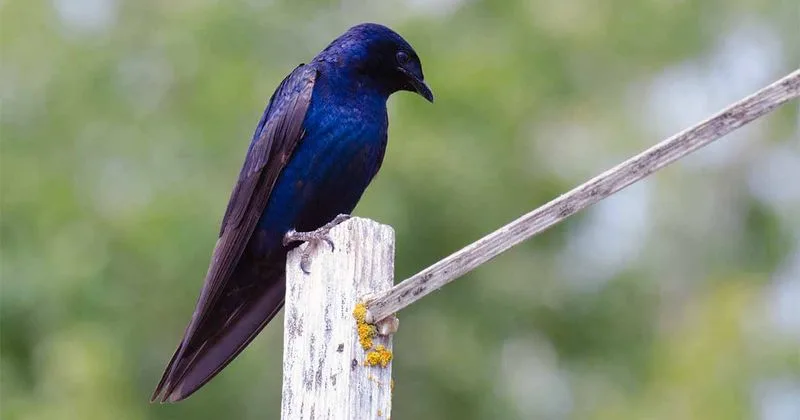
Purple Martins are the aerial acrobats of the bird world, often seen in large flocks performing synchronized flights. Their glossy purple feathers glint in the sunlight, offering a mesmerizing sight. These birds have a voracious appetite for wasps, among other insects. By eliminating wasps, they play a significant role in protecting gardens from infestations. Their social nature means they often bring a community of birdwatchers and enthusiasts, making your garden a hub of activity and wonder. Purple Martins ensure a lively, wasp-free garden experience.
Wasp-Wrangling Warbler
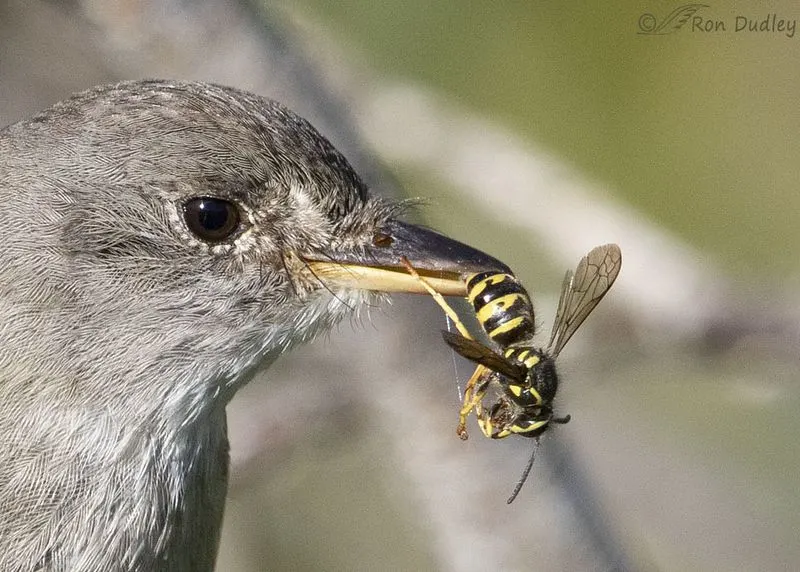
Meet the Wasp-Wrangling Warbler, a small, vibrant bird with a flair for snatching wasps mid-flight. With its agile flight pattern and keen eyesight, this bird is a master of aerial acrobatics. In the morning sun, its feathers shimmer like tiny jewels, creating a dazzling display as it darts through the garden.
Watching this warbler in action is like witnessing a ballet, where each twist and turn is precise and purposeful. Its presence not only adds a splash of color but also keeps the wasp population in check, offering a natural pest control solution.
Search for it mid-summer, when wasps are most active and the warbler is at its peak performance.
Garden Guardian Gull
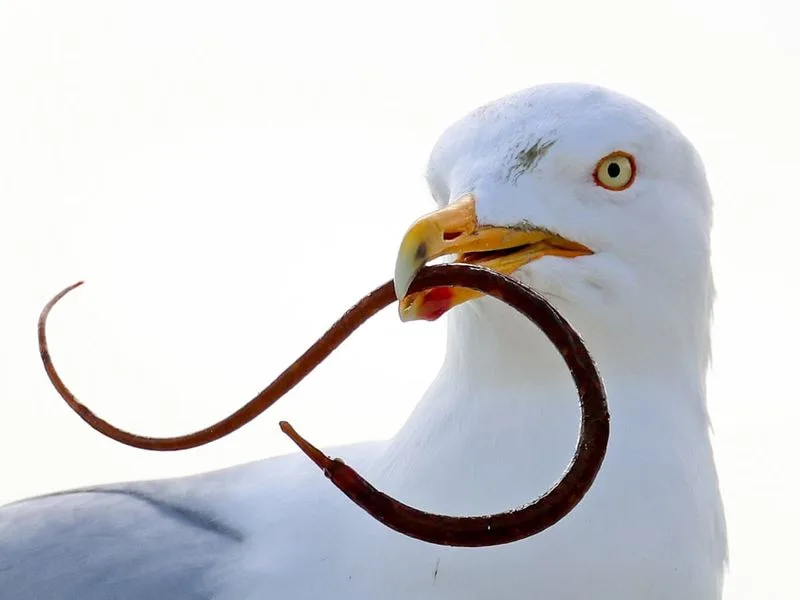
Although gulls are often seen near coastal areas, the Garden Guardian Gull has adapted to inland life with surprising ease. With a sharp beak and an insatiable appetite for wasps, this bird has become an unlikely ally for gardeners. Its presence deters wasps from lingering too long, giving plants a chance to thrive without the threat of stings.
The gull’s characteristic squawk serves as a warning to wasps, signaling that their presence is unwelcome. Its broad wingspan and dexterous flight make it a formidable opponent for these pesky insects.
Look for this gull in larger gardens with open spaces, where its aerial maneuvers are most effective.
Quirky Quail
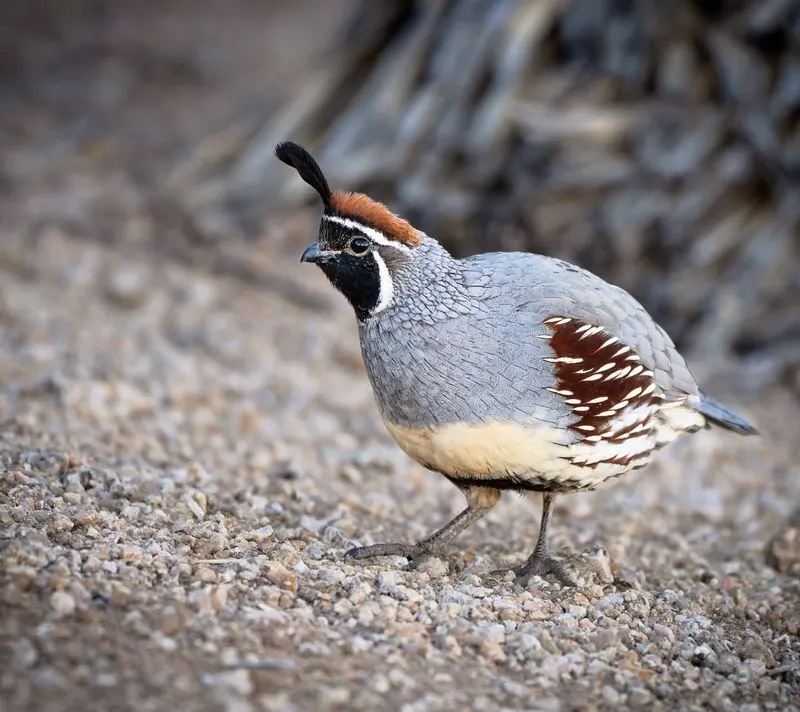
The Quirky Quail, with its plump body and bobbing gait, might seem an unlikely predator, but its diet includes ground-dwelling wasps. While it forages along the garden path, it carefully pecks at wasps, preventing them from building nests where they shouldn’t.
Its rhythmic movement and curious nature are a charming sight, endearing it to gardeners everywhere. This quail’s diligence ensures that wasp nests don’t take hold, offering a safer environment for garden strolls.
Spot this quail in gardens with plenty of hiding spots, where it can comfortably hunt for its favorite snacks.
Perky Plover
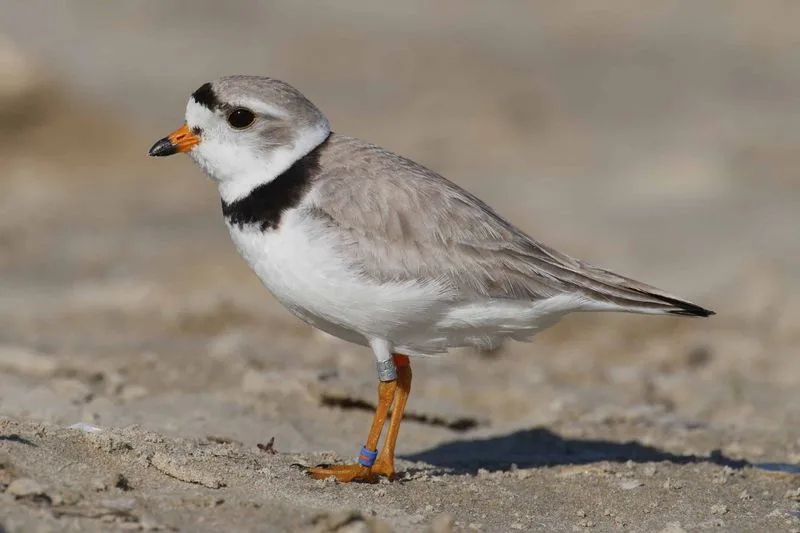
The Perky Plover is a bird known for its boundless energy and quick reflexes. This small bird darts enthusiastically across garden beds, its eyes locked onto the buzzing wasps. Its speed and agility make it an expert wasp hunter, tirelessly chasing these insects until the garden is clear.
With a nimble body and a keen instinct, the plover brings a lively energy to any garden, much to the delight of onlookers. Its relentless pursuit of wasps ensures a peaceful environment, free from the disruption these insects can cause.
Catch this plover during warmer months, when it’s most active and wasps are plentiful.

